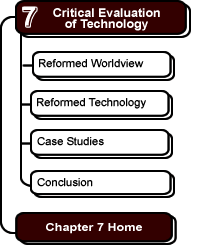

Case Studies:
The Y2K Computer Bug
During the last few years leading up to the year 2000, alarms were raised in newspapers, journals, and on nightly newscasts about the possibility of catastrophe at the stroke of midnight on December 31, 1999. This was because many computers kept track of the date using only two digits instead of four (e.g., "00," "50," "99" instead of "1900," "1950," "1999"). The problem was that when the year changed to 2000, computers would misinterpret "00" as the year 1900, which would cause miscalculations. Such problems could disrupt financial markets, transportation systems, communication networks, and power grids. Large corporations, small businesses, and governments spent billions of dollars fixing the "Y2K bug." When the fateful time rolled around, very few problems actually occurred. Some said that the media had overblown the problem. Others said that the problems had been caught in time precisely because of the dire warnings.
Why did this problem occur in the first place? In the early days of computer programming, computer memory was extremely limited, so programmers conserved as much space as possible. When working with databases containing dates, a little space could be saved by storing only the last two digits of the year. If many dates were needed, this could add up to significant savings. The programmers never dreamed that their software would still be in use 10, 20, or even 30 years later. However, much of the programming code was copied, modified, and reused, which preserved the shortcuts on dates. As the rollover to the new century approached, information technology workers toiled long hours to identify and fix every occurence of this "bug."
How should a Christian respond to situations like the Y2K bug? Consider the following points when forming a response.
-
Computers lull us into a false sense of security because of their deterministic nature (most of the time they do what they are programmed to), but we shouldn't put our trust too fully in any technology.
-
We tend to have a split personality when it comes to computers. On the one hand people tend to trust answers more when they come from a computer. On the other hand, we also know that computers can be unreliable: they crash all the time, and bugs come up frequently.
![]()
These pages were written by Steven H. VanderLeest and Jeffrey Nyhoff and edited by Nancy Zylstra
©2005 Calvin University (formerly Calvin College), All Rights Reserved
If you encounter technical errors, contact computing@calvin.edu.